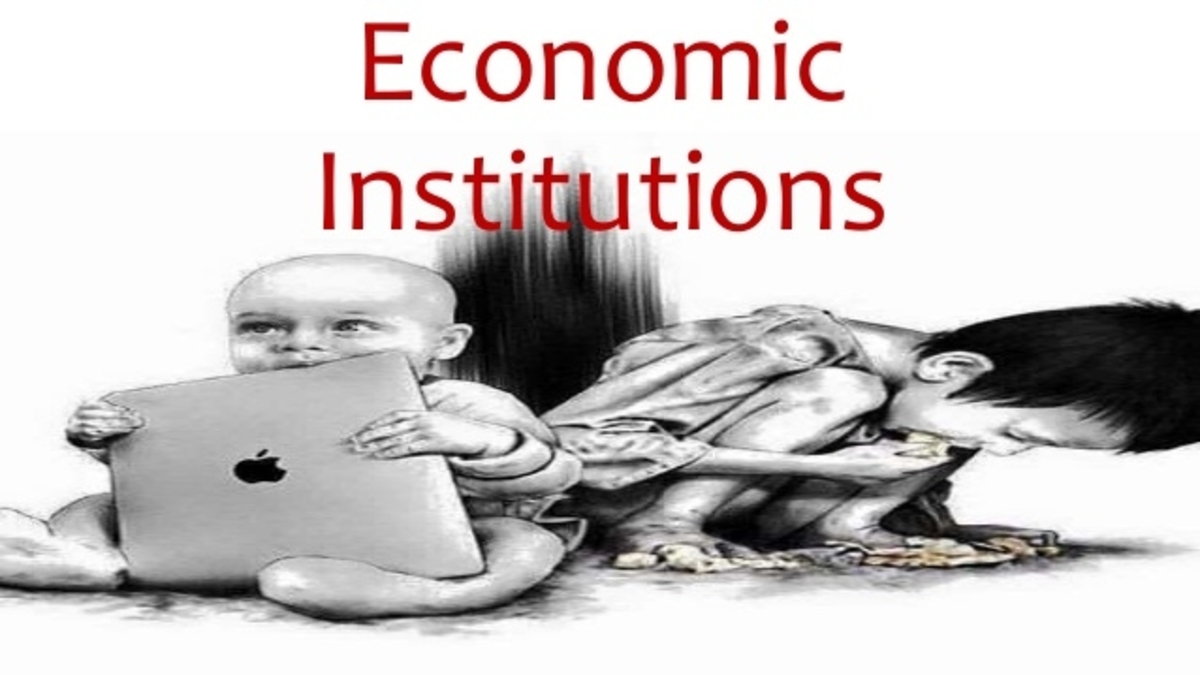Picture this: a bustling city, its streets teeming with people going about their daily lives. You see a police officer directing traffic, a shop owner selling goods, and children attending school. Each of these individuals contributes to a larger system, interacting with others within specific frameworks. These frameworks, these structures that govern our lives, are what we call human institutions.

Image: www.pinterest.com.au
We encounter human institutions every day – from the government that sets our laws to the businesses that provide us jobs. But how often do we really stop to consider their intricate workings? How much do we understand the systems that shape our communities and societies? This article dives into the world of human institutions, exploring their diverse forms, historical significance, and ongoing evolution.
Unveiling the Complex World of Human Institutions
Human institutions are the formal and informal structures and practices that organize human behavior and interactions within a society. They exist at different scales, from local communities to global organizations. These institutions are not static; they evolve over time, adapting to changing societal needs and contexts. They provide a framework for individuals to interact, cooperate, and achieve common goals.
Think of institutions as the scaffolding that holds a society together. They provide order, define roles, enforce rules, and mediate conflicts. Whether it’s a religious institution guiding moral values or a financial institution managing money, each plays a crucial role in influencing the social fabric of our world.
Types of Human Institutions
Human institutions can be broadly categorized into various types, each with its own set of characteristics, functions, and impacts on society:
- Political Institutions: These establish and enforce laws, maintain order, and resolve conflicts. Examples include governments, political parties, and courts.
- Economic Institutions: They regulate the production, distribution, and consumption of goods and services. Examples include businesses, banks, and labor unions.
- Social Institutions: These shape social behavior, norms, and values. Examples include family, education, religion, and healthcare.
- Cultural Institutions: They preserve and transmit cultural knowledge, values, and traditions. Examples include museums, libraries, and art organizations.
The Historical Evolution of Institutions
The development of human institutions can be traced back to the earliest human societies. As humans evolved from hunter-gatherer groups to more complex, settled communities, institutions emerged to meet the needs of these changing social structures. Early institutions often revolved around family ties, kinship groups, and religious practices.
Over time, as societies grew and became more industrialized, new institutions emerged like formal governments, educational systems, and financial markets. The Industrial Revolution, in particular, led to a significant shift in the organization of society and the rise of modern institutions as we know them today.

Image: educarepk.com
The Influence of Institutions on Our Lives
Institutions profoundly impact our daily lives, shaping our values, beliefs, and behaviors. They influence how we think, act, and interact with others. For example, our educational institutions play a critical role in shaping our worldview and preparing us for future careers.
Our political institutions determine the laws and policies that govern our society, while our economic institutions influence our financial well-being and economic opportunities. Social institutions like family and religion provide a foundation for our social identities and moral frameworks.
The Future of Human Institutions
As we navigate a rapidly changing world, human institutions are facing new challenges and opportunities. Globalization, technological advancements, and climate change are all shaping the way institutions operate and interact with each other.
For example, the rise of the internet has significantly impacted communication and the spread of information, leading to new forms of social movements, activism, and political engagement. The need for global cooperation in addressing climate change has also emerged, requiring institutions to work across borders and collaborate on shared solutions.
Expert Advice for Navigating Institutional Change
The evolving landscape of institutions presents both challenges and opportunities. Here are some tips for navigating these changes effectively:
- Stay Informed: Keep abreast of current issues and trends related to institutions and their impact on society.
- Engage in Dialogue: Participate in discussions and debates about institutional change and express your perspectives.
- Support Sustainable Practices: Advocate for institutions that promote sustainability and ethical practices.
- Embrace Innovation: Encourage institutions to adapt to new technologies and innovative solutions to address contemporary challenges.
By actively engaging with institutions and advocating for positive change, we can help ensure that these structures continue to evolve and adapt to the needs of our dynamic world.
FAQs: Human Institutions
Q: How do institutions affect individuals?
A: Institutions influence individual behavior by shaping social norms, providing access to resources, and enforcing rules. They influence how we live our lives, make choices, and interact with others.
Q: Can institutions change over time?
A: Yes, institutions are dynamic and evolve over time. They adapt to changing social, economic, and technological contexts. This evolution can involve reforms, new structures, or the emergence of entirely new institutions.
Q: Why is understanding institutions important?
A: Understanding institutions helps us grasp the structures and forces that shape our lives, allowing us to engage more actively in shaping the world around us. It empowers us to advocate for positive change and contribute to the evolution of institutions that better serve societal needs.
Human Institution Examples
Conclusion
Human institutions are the vital structures that make up our societies. From the governments that govern us to the organizations that serve us, they provide order, define roles, and shape our world. By understanding the role of institutions, we can better navigate these structures and contribute to their evolution. As we move forward, it’s crucial to stay informed, engage in dialogue, and support institutions that promote sustainability, innovation, and a more just and equitable world.
So, what are your thoughts on the role of institutions in shaping society? Do you have any insights or experiences to share that you believe are important for others to consider?






